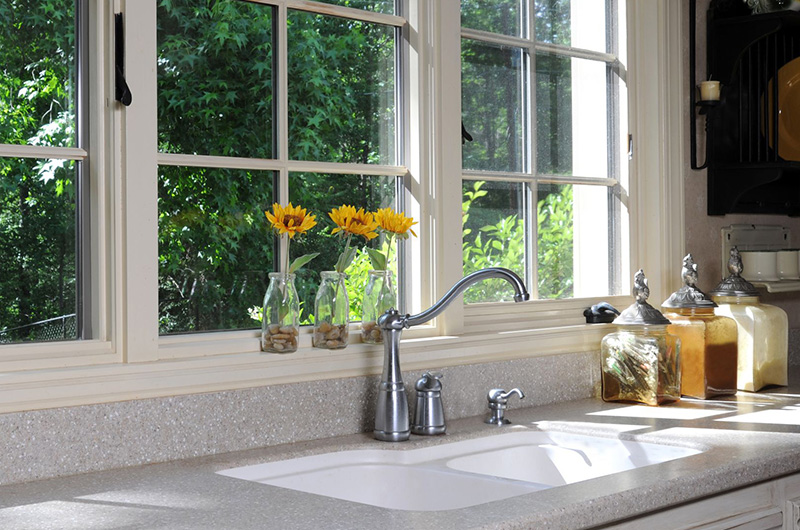[vc_row][vc_column][vc_column_text]
5 Popular Plumbing Myths

There are many things we do around the home simply out of tradition or because they are considered helpful advice by so many people. When it comes to plumbing, some of this advice can actually be more harmful than helpful to your home’s plumbing system. How many of these tips do you believe?
1. Grinding Ice Cubes Will Sharpen Disposal Blades
Grinding ice in a disposal can help remove the grime that accumulates inside the chamber, but it won’t sharpen the blades. Why? Because garbage disposals don’t have blades; they have impellers with teeth that grind up waste using centrifugal force. The best way to keep a disposal in good shape is to avoid pouring grease or oil down the chamber and to always run plenty of water during and after grinding.
2. Run Hot Water When Using the Garbage Disposal
It’s certainly true that grease dissolves more readily in hot water. However, as it cools down it will more readily stick to the pipe surface farther down the drain. Running cold water allows the grease to remain in a solid state so it’s more likely to travel all the way down the drain without sticking to the pipe. Running cold water can also help your disposal last longer by preventing the motor from overheating.
3. Put a Brick In the Toilet Tank To Save Water
While placing a brick in the toilet tank will reduce the volume of water used to flush by displacing water, it’s not a good idea. First, newer toilets are already designed to use a minimal amount of water. Limiting the amount of water will reduce the force of the flush, which can cause plumbing clogs in the drain line below the toilet. In addition, with less water pressure per flush, a second flush is often needed to do the job, wasting water. Finally, a brick can deteriorate inside the tank, creating debris that will wear out rubber and plastic parts.
4. But It Said They Were Flushable…
As “flushable” wipes have become more popular in recent years, so have clogged drain pipes. The fact is they simply don’t break down as readily as regular toilet paper. Save yourself a big mess and a visit from your plumber… don’t flush anything down the toilet except plain toilet paper.
5. Water Softeners Add Unhealthy Levels of Sodium To Drinking Water
One of the ways a traditional water softener works is by flushing hard water through rock salt. This does increase the amount of sodium to between 10-300 milligrams per quart, depending on how hard the water is. However, by comparison a quart of milk has 488 milligrams of sodium. So the amount of sodium in softened water is low. If you’re looking for softened water without adding sodium, consider a reverse osmosis water treatment system.[/vc_column_text][/vc_column][/vc_row]
